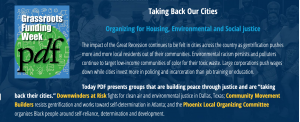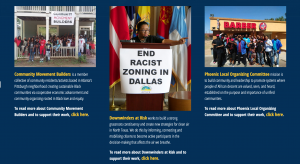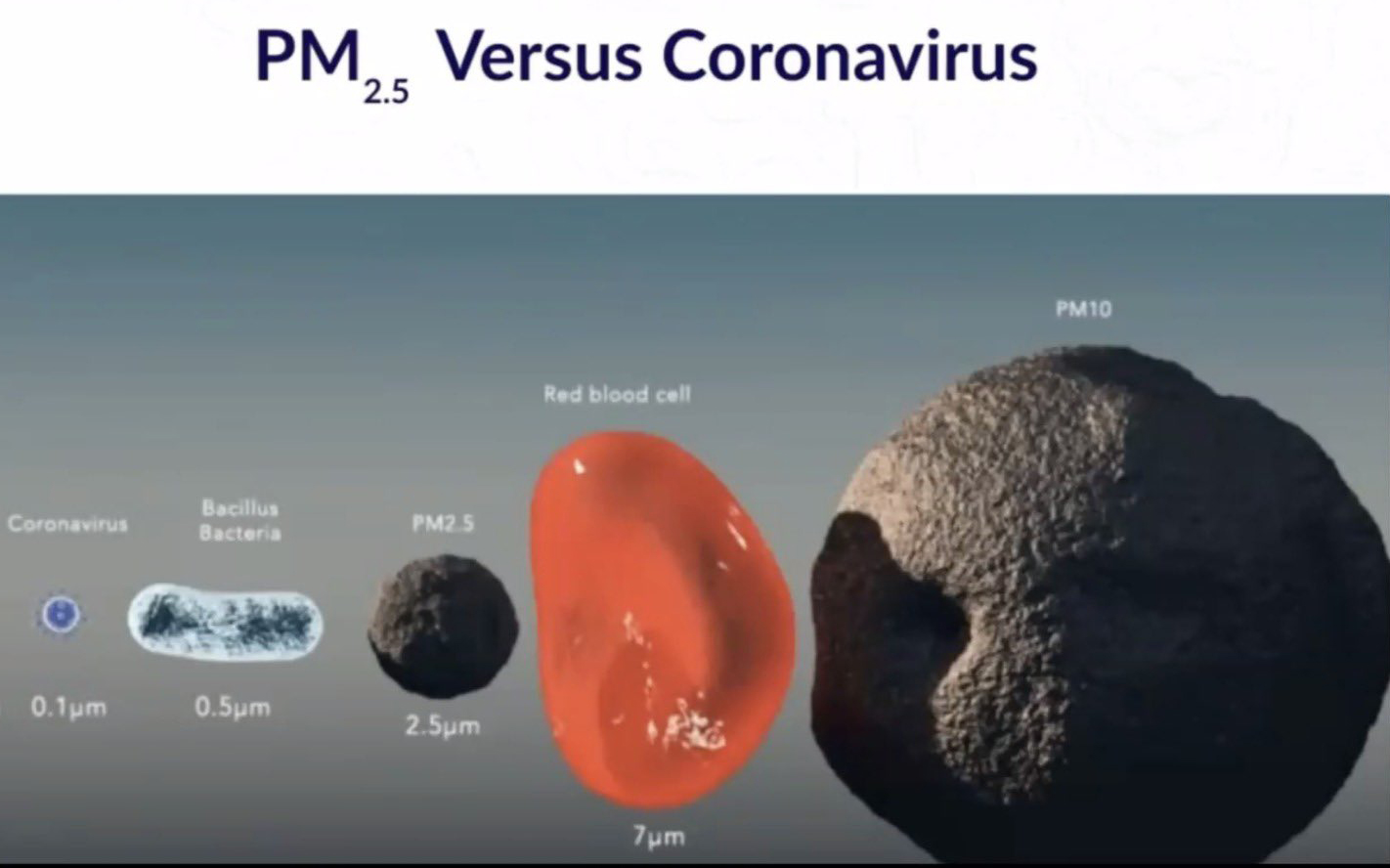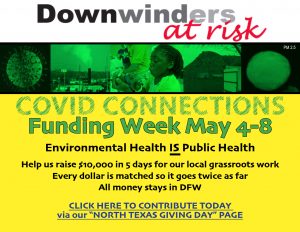Citizen Action
A New Era for DFW Air Quality and Downwinders at Risk
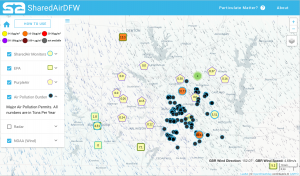
The SharedAirDFW network map displaying monitors from all three monitor networks and major Dallas air polluters identified.
The debut of the SharedAirDFW Network means
21st Century air monitoring finally arrives in North Texas
After three years, and many thousands of hours and dollars, citizens have their own
regional air quality monitoring system.
It’s easy to use, operates in real time, and its monitors are being put where the pollution burdens are greatest.
The Joppa Zion Mothership Monitor: on the Network’s digital map and on its pole after deployment.
Since operation began 8/31, it’s consistently shown higher levels of PM air pollution than other monitors in Dallas.
By January they’ll be 11 more monitors joining it in the Freedman-founded community.
A three-year high-tech collaboration between the University of Texas at Dallas, Downwinders at Risk, the City of Plano, Dallas County, Dallas College, and Paul Quinn College came to fruition today with the official debut of the the SharedAirDFW Network – online, and with an outpost in one of the most polluted neighborhoods in North Texas.
It becomes the first and only regional “hyper-local” air monitoring network in Texas and one of the only ones being built by any US city.
“This network is the purest, most dramatic expression of our 26-year old goal to provide citizens with the tools government won’t,” said Downwinders Director Jim Schermbeck, who’s helped shepherd the Network since it was a National Science Foundation grant runner-up in 2017. “We see SharedAirDFW’s debut as the public health equivalent of turning on electric streetlights for the first time at the turn of the 20th Century. We’re building a utility – the full impact of which won’t be realized for years.”

Dave Dabadeen, Kevin Owen, and Jay Smith – our monitor installation team, deploying one of 11 solar powered satellite monitors in Joppa.
Debuting with eight Particulate Matter (PM) air pollution monitors located from Richardson to Southern Dallas and Mesquite to Fort Worth, the network is scheduled to install over 100 more in the next 12-24 months, including blanketing Dallas neighborhoods whose residents say they’re already breathing bad air but have no way to prove it.
In the last decade published research on the human health effects of exposure to Particulate Matter air pollution has linked it to a variety of illnesses and diseases, including developmental impacts such as Autism, Parkinson’s, Dementia, and IQ loss. These effects have been documented at exposure levels well below U.S. EPA regulatory limits.
All the monitors in the network were built at the Physics Laboratory at the University of Texas at Dallas campus in Richardson. They’re being distributed to members either in clusters of 11, with one larger hard-wired “Mothership” accompanying ten smaller solar-powered ones or the Mothership as its own stand alone unit.
ALL DFW PM MONITORS DISPLAYED ON A SINGLE MAP
PM Air pollution data collected from those monitors, along with information from EPA and DFW Purple Air monitors, are displayed in real time on a digital map accessible to anyone online at www.sharedairdfw.com. For the first time, a single website displays all the online monitors networks collecting PM air pollution data in North Texas on the same map. Besides UTD, Downwinders at Risk, Dallas College, and Dallas County will be displaying the SharedairDFW map on their own websites.
Only Particulate Matter air pollution levels are shown by the SharedAirDFW map now but larger monitors will also be capturing Ozone, or Smog levels. At some point in the near future, that data will also begin to be displayed on the Network map.
MAPPING OF MAJOR POLLUTERS
Also on display are the locations of the major air polluters in the City of Dallas, along with their self-reported pollution volumes – a first-ever inventory of Big D’s air polluters that no level of government currently provides.
MANY MORE M ONITORS IN MANY MORE PLACES
ONITORS IN MANY MORE PLACES
Currently there are only six EPA monitors for Particulate Matter Air pollution in all of North Texas, and only 12 Purple Air monitors online. With the ability to saturate neighborhoods with almost a dozen monitors apiece, SharedAirDFW allows residents, researchers, and policymakers to better pinpoint pollution plumes and health risks.
REAL TIME DATA
For the first time there’s a way for DFW residents get air quality information in real time instead of waiting for up to two or three hours at government monitor sites. The SharedAirDFW monitors display their readings every 30 seconds, 24 hours a day.
AN EMPHASIS ON ENVIRONMENTAL JUSTICE
For the first time there’s year-round, calibrated air quality data being collected in Dallas’ most polluted neighborhood – the Joppa community in Southern Dallas along the Trinity River. The “Joppa Zion Mothership” – named for the adjacent Church – began transmitting on Monday August 31st. It’s linked to two additional “satellite” monitors that began transmitting this last weekend. By January they’ll be 11 monitors in Joppa, making it the most densely monitored neighborhood not just in Dallas, but all of Texas.
Joppa’s monitors are the first of 33 air monitors Downwinders at Rik is deploying in so-called “fence line” locations. After installation in Joppa is completed, another 11 will be installed in West Dallas, and then in and around Midlothian as well.
In the two weeks since the first Joppa monitor was installed, it’s consistently recorded higher levels of PM pollution than other monitors in the SharedAirDFW network as well as local EPA and Purple Air monitors. Schermbeck said those results vindicate the decision to locate monitors in predominantly Black and Brown neighborhoods disproportionately burdened by their proximity to industrial polluters. “Our monitors are going where people are most harmed by air pollution, but least able to do something about it.”
D Magazine on Marsha Jackson’s Lawsuit
D with the first story about Marsha Jackson’s lawsuit….”the suit blames the city for (Shingle Mountain’s) existence. It says existing deed restrictions should have blocked the city from issuing a certificate of occupancy, but the operators got one anyway. The city didn’t require the operator to get a special use permit or even have a site plan, it alleges. More broadly, it says the city’s zoning purposely steers similar sites to Black and Latino neighborhoods and, despite having removed other large polluters away from nearby developments like Trinity Groves, has refused to do the same for Shingle Mountain.”
Urge the Dallas Council To Restore the Environmental Health Commission on May 27th
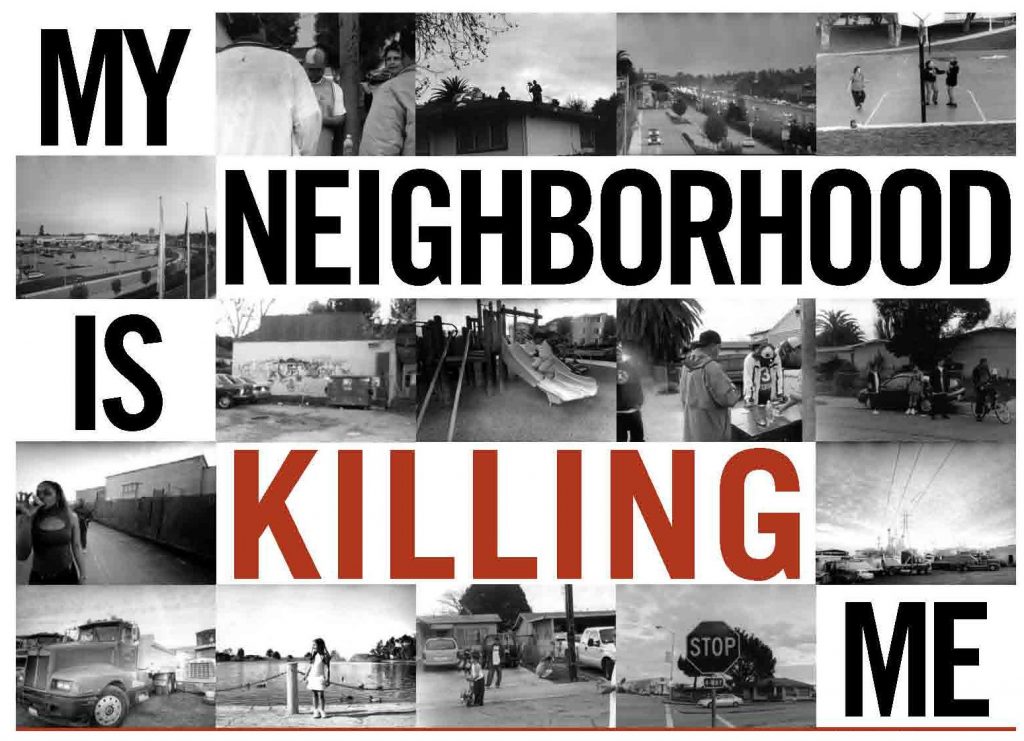
CLICK HERE TO SEND AN EMAIL RIGHT NOW. YOU CAN ADD YOUR OWN COMMENTS
For over a year Southern Sector Rising has been lobbying the City Council for the restoration of the Dallas Environmental Health Commission. With the adoption of the City’s Climate Plan, the Council has a chance to do that next Wednesday , May 27th. But they must hear from you.
Opposition is coming from management in the Office of Environmental Quality and Sustainability who don’t want the word “health” used for this new body. Why? Because this is the same city staff who doesn’t want to responsibility of telling citizens they have bad air or are living too close to industry. Houston has a staff toxicologist advising City Hall. Dallas has a lawyer.
This is why residents must have the Dallas Environmental Health Commission. It serves as a citizen-friendly forum for putting environmental health issues on the official City Hall radar and generates important new public policy proposals. Every Council Member would appoint a member and various experts would serve as advisors. It would instantly elevate the status of Environmental Health at Dallas City Hall.
You can help make this happen by sending a quick “ClickNSend” email to Mayor Johnson and the City Council urging them to vote for a new Dallas Environmental Health Commission. You can add your own comments as well. It takes all of 30 to 60 seconds, and it could mean the difference between Dallas and the next Shingle Mountain.
HERE’S THE LINK TO SEND YOUR EMAIL TO THE MAYOR AND COUNCIL https://www.downwindersatrisk.org/featured-citizen-action/
Thank you.
A BIG THANK YOU
You Contributed Over $21,000 for Our
COVID-Connected Program Work Last Week

In our first ever attempt to conduct a week-long fundraising campaign, much less during an unprecedented pandemic, we had unprecedented success. Over seven days our supporters contributed a total of $21,600 to Dowwinders at Risk. That’s the most we’ve ever raised during one of our fundraising drives.
Besides raising needed funding for our work, we also received national exposure through the Peace Development Fund’s Grassroots Fundraising Week that featured us and 12 other grassroots groups doing social justice work around the country during the COVID crisis.
These new funds will be used to support our zoning equity work surrounding he upcoming “forwardDallas! land use planning process, the new regional air monitoring network we’re building, assistance to grassroots groups such as Southern Sector Rising, and continued original reporting of local environmental news.
We can’t tell you how much we appreciate the contributions, especially in light of the circumstances. We value your support and pledge to squeeze every bit of change out of every dollar you send us. Thank you.
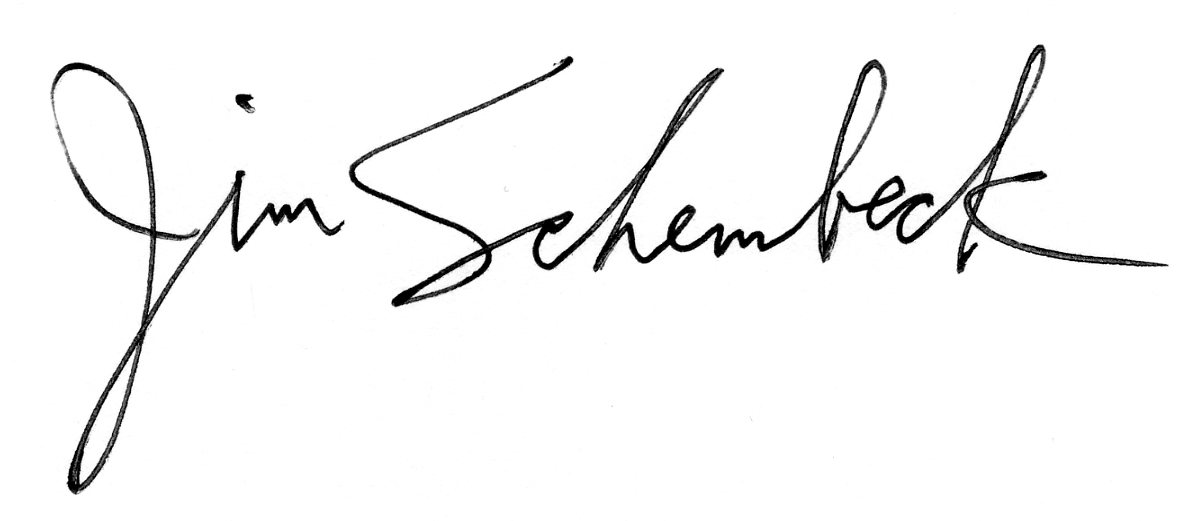
DIRECTOR

CHAIR
National Fund Spotlights Downwinders’ Efforts to “Take Back Our Cities”
Today, the Peace Development Fund is using its national presence and contacts to help raise funding for Downwinders at Risk, under the banner of “Taking Back our Cities.”
We’re being featured on their website all day. We’re one of only 13 groups chosen to receive this kind of attention from the Fund.
The Fund liked our work around the upcoming Dallas MasterPlan process, partnering with Southern Sector rising and neighborhood groups to rezone Southern Dallas communities tract-by-tract to improve environmental health.
We’re one of the few environmental groups in the country using land use planning tools to reduce residents’ exposure to pollution. Our aim is to dismantle the racism institutionalized in local zoning codes that have forced People of Color and industry to live side-by-side for decades.
Many of you helped us reach our Giving Day goal. But we need those of you who didn’t contribute on Giving Day to do your part today. Here’s your chance to join the fight for cleaner air and environmental justice.
Thanks.

Director

____________________________________
COVID Connects:
Racist Zoning
to
Increased Vulnerability to COVID
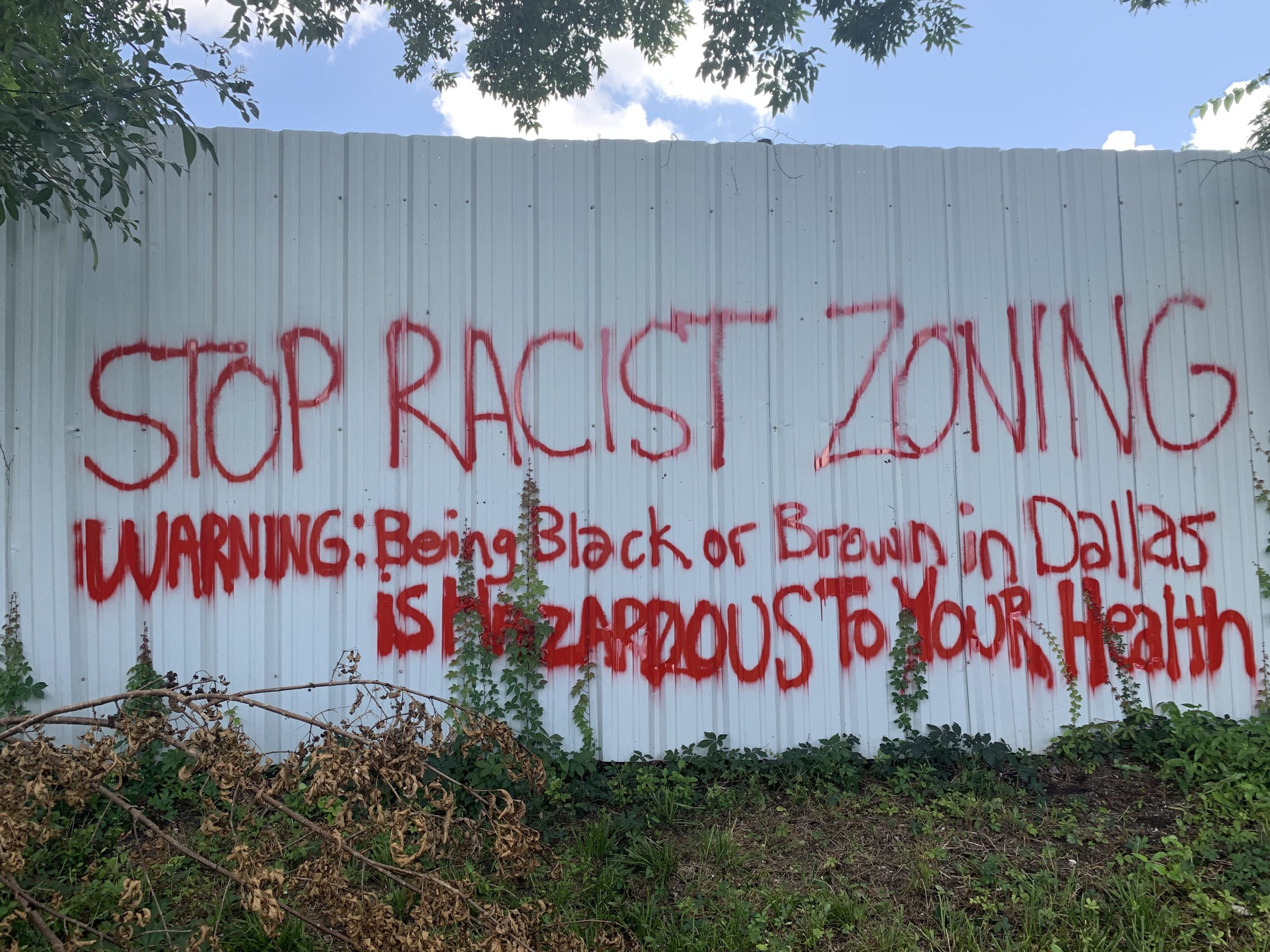
What is It?
For most people, “zoning” isn’t a very interesting topic. How your property is classified by city government is of little concern – until you discover how few protections you have or how close a large polluter can operate near you.
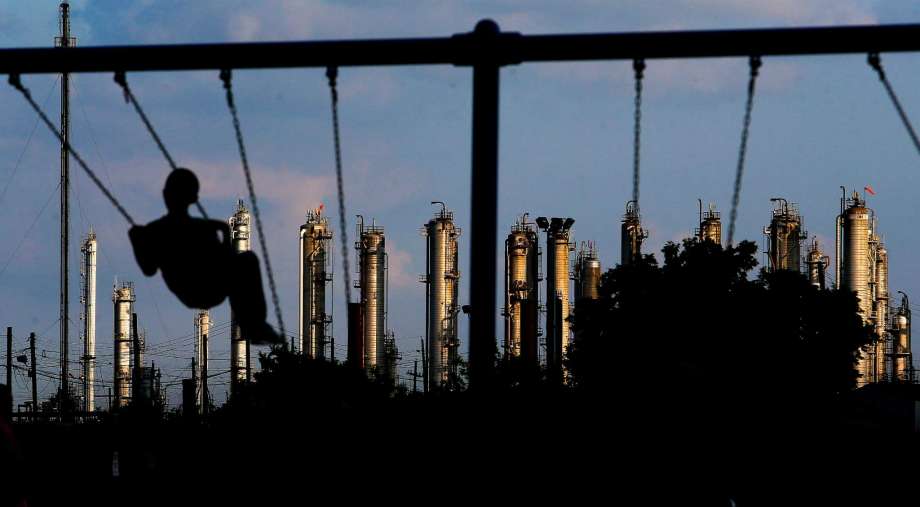 In Dallas as well as most American cities, People of Color have been historically forced by law or practice to live in neighborhoods they had to share with industry. The Trinity River floodplains were used as a large dumping ground for both people and factories deemed “undesirable” by white power brokers.
In Dallas as well as most American cities, People of Color have been historically forced by law or practice to live in neighborhoods they had to share with industry. The Trinity River floodplains were used as a large dumping ground for both people and factories deemed “undesirable” by white power brokers.
While illegal now, that institutionalized discrimination lives on in the form of obsolete racist zoning that still makes Southern Dallas a dumping ground.
Why Do It?
Unless you change the zoning classifications in South Dallas that make it such a haven for dirty industry, the City’s pollution burden will remain concentrated there, stifling economic development and quality of life.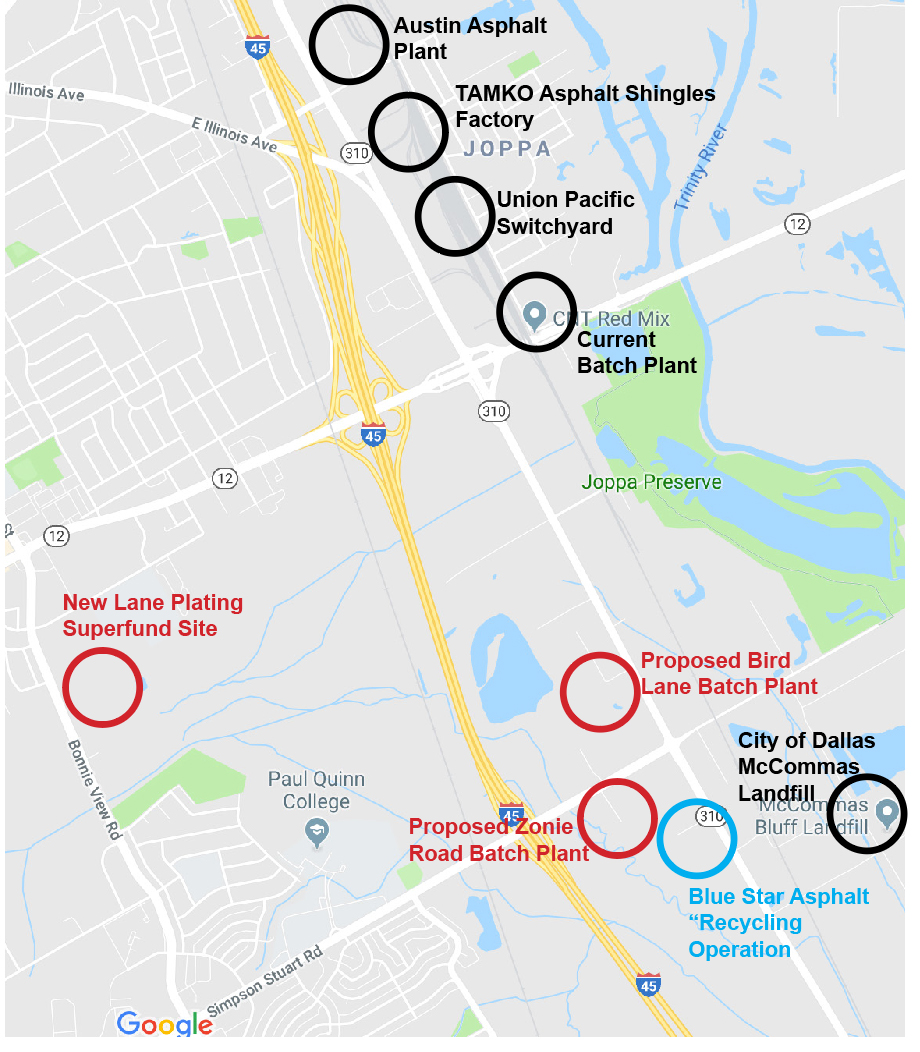 During the last two years Southern Dallas has fought off four proposed batch plants in the same neighborhood because the zoning directs them there. The notorious Shingle Mountain illegal dump took advantage of zoning loopholes to withhold notification of its activities from its neighbors. Instead of playing “whack-a-mole” and having to organize anew against every attempt to site a new polluter there, Southern Dallas residents need to re-write the leftover racist zoning laws and prohibit their part of town from becoming the default Big D dumping ground.
During the last two years Southern Dallas has fought off four proposed batch plants in the same neighborhood because the zoning directs them there. The notorious Shingle Mountain illegal dump took advantage of zoning loopholes to withhold notification of its activities from its neighbors. Instead of playing “whack-a-mole” and having to organize anew against every attempt to site a new polluter there, Southern Dallas residents need to re-write the leftover racist zoning laws and prohibit their part of town from becoming the default Big D dumping ground.
Downwinders is partnering with our friends at Southern Sector Rising and the Inclusive Communities Project to do just that. Dallas is gearing up for a once-in-a-decade review of the City’s MasterPlan that will invite residents to imagine how they want to change their neighborhoods. There’s an opportunity to submit new plans that reverse the racist zoning that plagues the entire Southern part of Dallas.
We’re working with specific Southern Dallas neighborhoods that want to give residents more green space, more buffer zones between themselves and pollution, and even begin proceedings to remove industry from their communities. It’s a 2-3 year process but the end result is increased Environmental Justice in places that desperately need it.
What’s the COVID
Connection?
Bottom: COVID Risk Factors
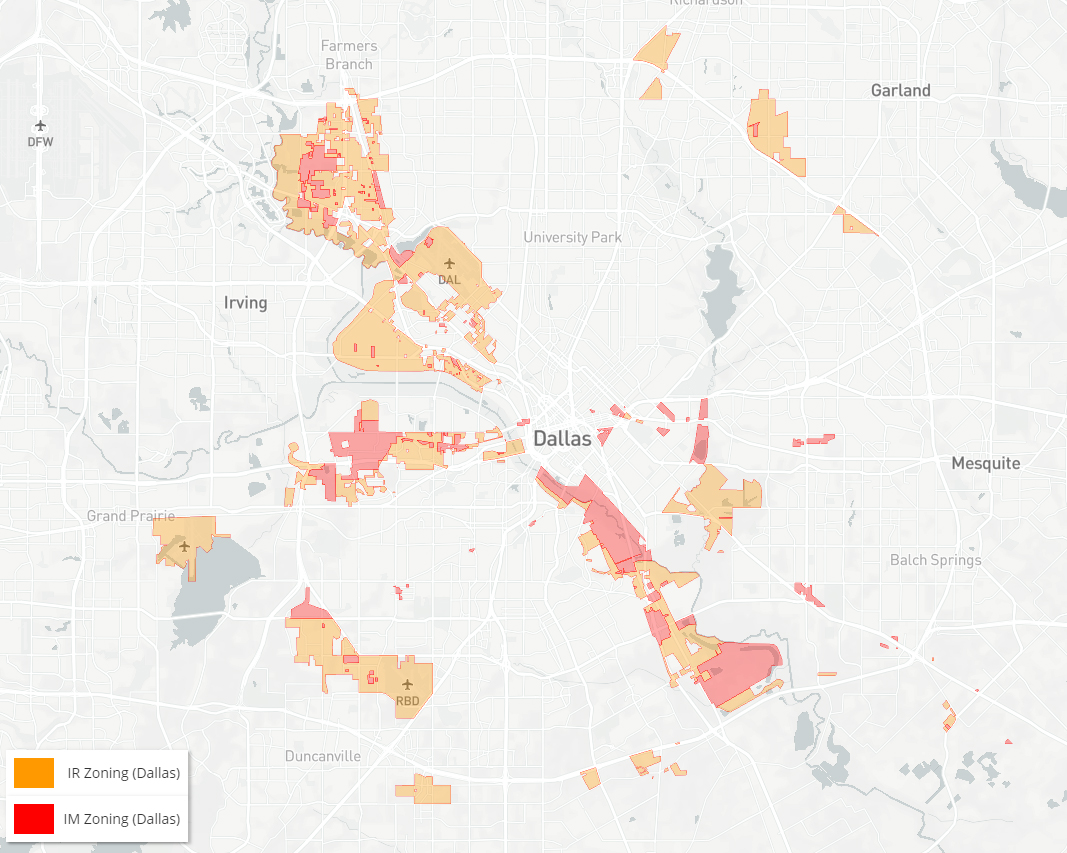 Research done during this pandemic shows Black and Brown residents are being disproportionatey impacted by the COVIC virus.This is being attributed to a number of “pre-existing conditions” in the neighborhoods where they live, including lack of health insurance and health care facilities, poverty and…exposure to air pollution. We know that Black and Brown residents are more likely to be exposed to more and higher levels of air pollution than their white peers.
Research done during this pandemic shows Black and Brown residents are being disproportionatey impacted by the COVIC virus.This is being attributed to a number of “pre-existing conditions” in the neighborhoods where they live, including lack of health insurance and health care facilities, poverty and…exposure to air pollution. We know that Black and Brown residents are more likely to be exposed to more and higher levels of air pollution than their white peers.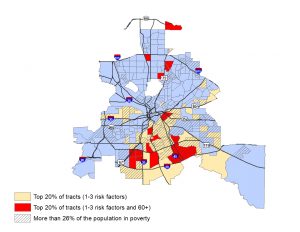 If you change the zoning so that Southern Dallas residents are not living side-by-side with polluters, you reduce their exposure to poisons and improve public health, including making them less vulnerable to viruses like COVID.
If you change the zoning so that Southern Dallas residents are not living side-by-side with polluters, you reduce their exposure to poisons and improve public health, including making them less vulnerable to viruses like COVID.
STATUS?
“forwardDallas!” is the name of the process the City of Dallas is using to redraw its MasterPlan. It was supposed to begin this Spring but may not start until summer. It will involve lots and lots of neighborhood meetings.Downwinders, Southern Sector Rising and the Inclusive 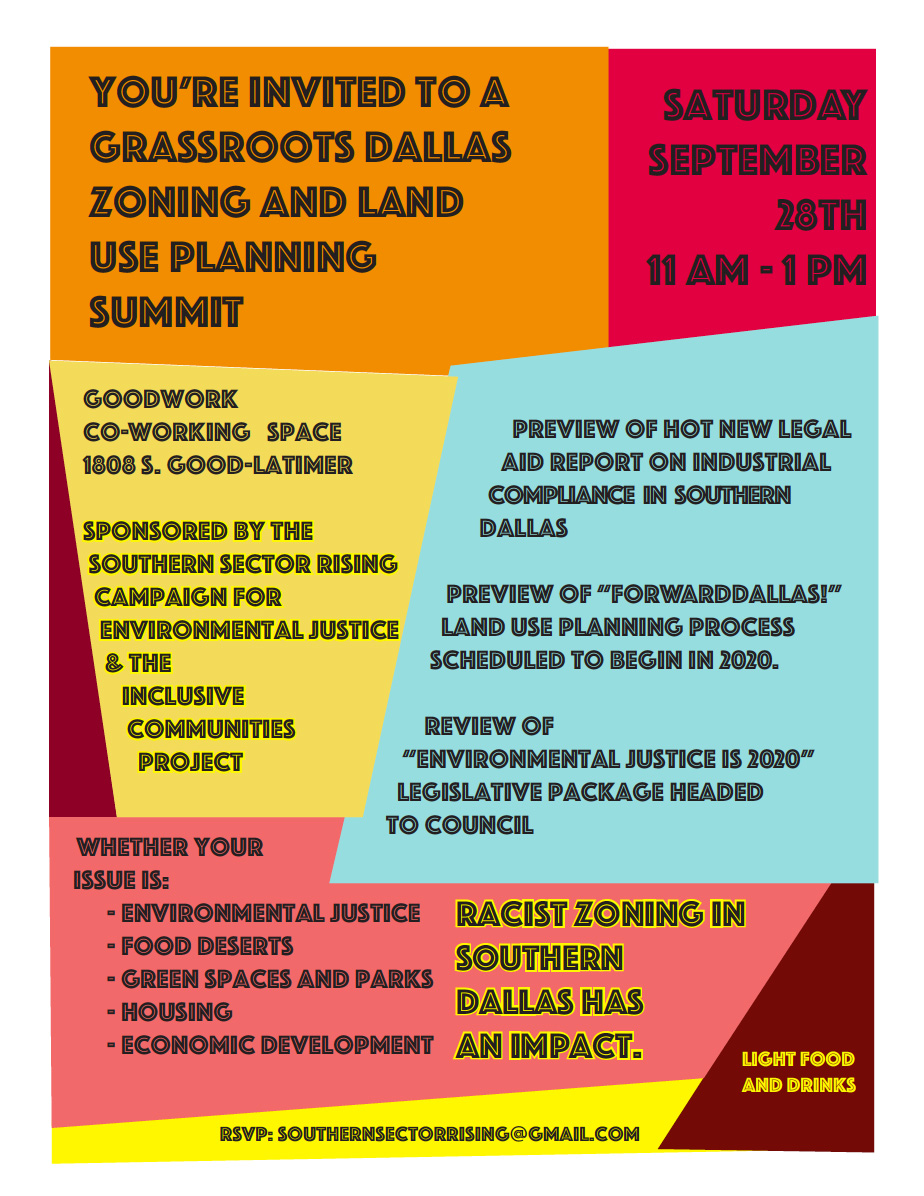 Communities Project isn’t waiting however. We’ve already met with residents’ groups in the Floral Farms and Fruitdale neighborhoods to begin a grassroots planning process. Because of their preparation, these groups will be able to show up to the City meetings with their own plans already developed and ready to be approved. More online meetings are being scheduled for other neighborhoods.
Communities Project isn’t waiting however. We’ve already met with residents’ groups in the Floral Farms and Fruitdale neighborhoods to begin a grassroots planning process. Because of their preparation, these groups will be able to show up to the City meetings with their own plans already developed and ready to be approved. More online meetings are being scheduled for other neighborhoods.
No group has used the “forwardDallas” process to overhaul Dallas zoning in such a comprehensive way. No coordinated effort has ever been focused on this mission. Like so many projects Downwinders takes on, its a “first.” But it’s a chance to make fundamental Change.
This obsolete pattern of “redlining” and segregation lives on in a legacy of racist zoning that still drives polluters to Southern Dallas and along the Trinity River Corridor. Most of the land set aside for heavy industry in Dallas is still south of the River – in predominantly Black and Brown neighborhoods like West Dallas and Joppa.
To make sure Southern Dallas doesn’t remain the City’s dumping ground you have to change the zoning that controls what can go where and next to whom.
PM Pollution and COVID
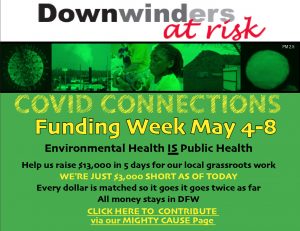
The Massachusetts-based Peace Development Fund has chosen to spotlight the COVID-connected work of
Downwinders at Risk and 12 other groups
across the country this week in order to help raise funds for that work.
As of late last night successfully met our original goal of $10,000. THANK YOU. So now we’re setting our sights on trying to raise an additional $3,000 by Friday. All of this money goes to local DFW program work in front line communities that are most vulnerable to
COVID infection.
Help us help more people.
CONTRIBUTE HERE
Thanks
______________________________________
COVID Connects:
Particulate Matter Air Pollution
to Increased Risk of Disease
What is It?
You’ve heard of the dangers of second-hand smoke? PM is industrial second-hand smoke.
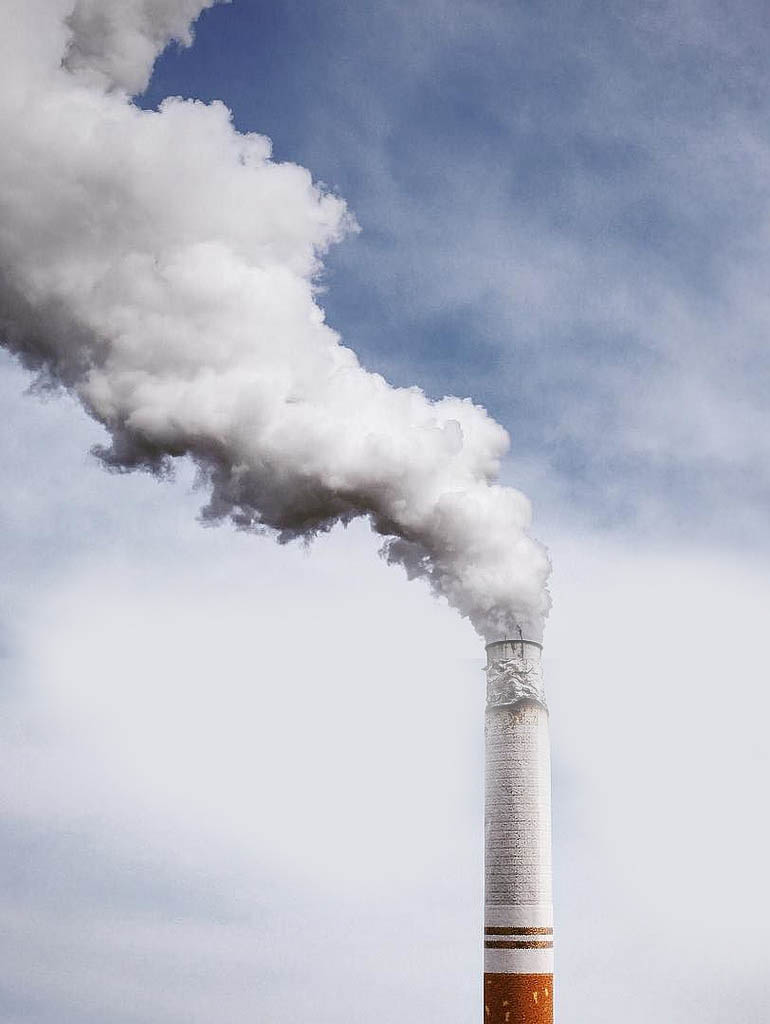 Research over the last decade connects PM pollution with not just lung and coronary diseases, but IQ loss, Autism, Dementia, Parkinson’s Disease, Diabetes, Immune-Deficiency, depression, and blindness. Research also shows Black and Brown residents are exposed to more PM pollution and at higher levels than most of their white peers.
Research over the last decade connects PM pollution with not just lung and coronary diseases, but IQ loss, Autism, Dementia, Parkinson’s Disease, Diabetes, Immune-Deficiency, depression, and blindness. Research also shows Black and Brown residents are exposed to more PM pollution and at higher levels than most of their white peers.re-thinking freeways. We’re in the weeds with neighborhood groups plotting new land use plans separating PM sources from people, or eliminating them altogether. In essence, we’re conducting an anti-smoking campaign aimed at machines.
Why Do It?
Sources of PM pollution are controlled by local gov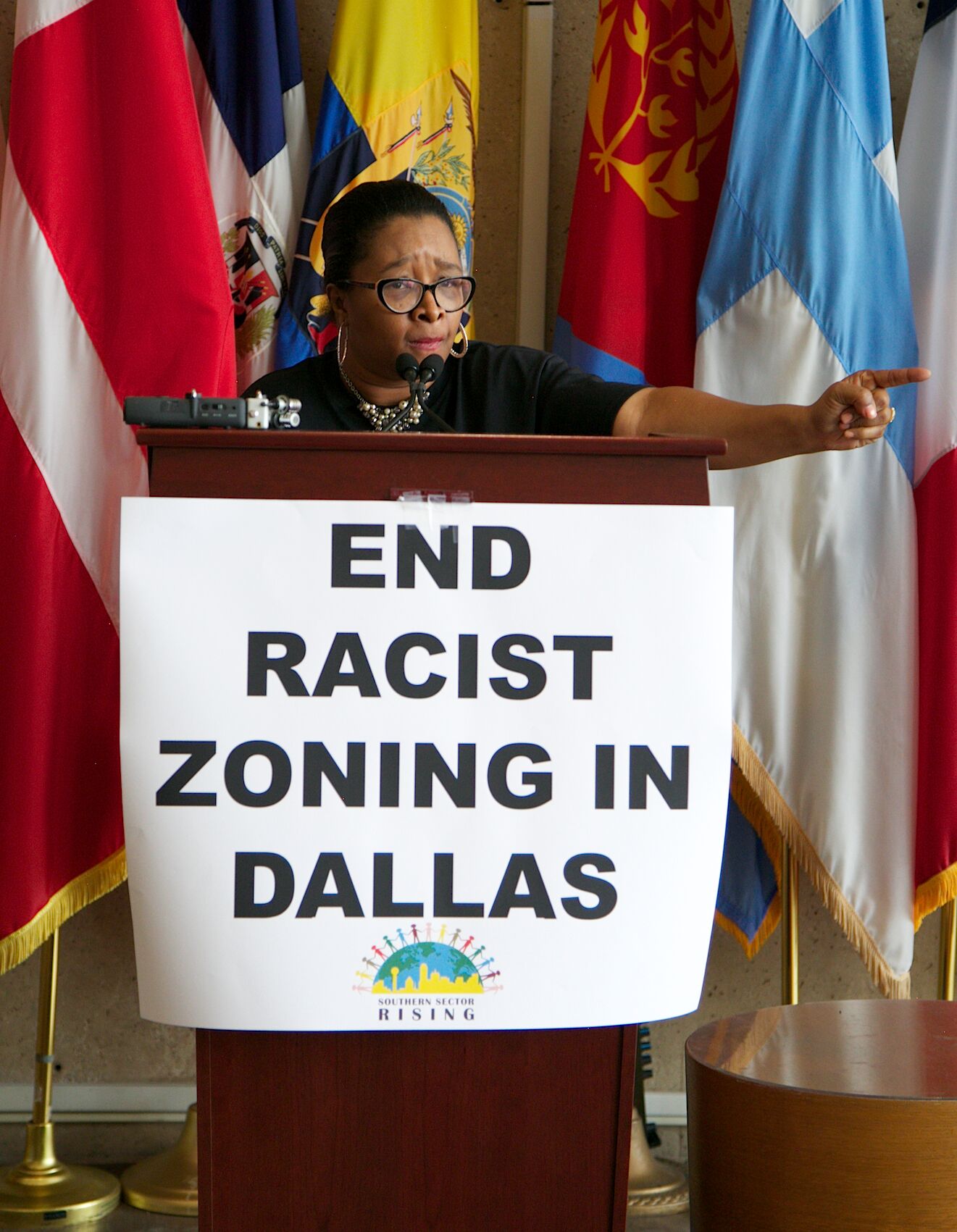 ernments through zoning and other municipal and county policies. As a local group, North Texas is where Downwinders is most effective in making change.
ernments through zoning and other municipal and county policies. As a local group, North Texas is where Downwinders is most effective in making change.
After the 2016 presidential election it was clear we couldn’t make progress on DFW chronic smog without good faith partners at EPA. So we turned our attention to addressing the most insidious air pollutant that can be controlled by local action. We found we could have a big impact on how these very small toxic particles are affecting DFW residents.
What’s the COVID Connection?
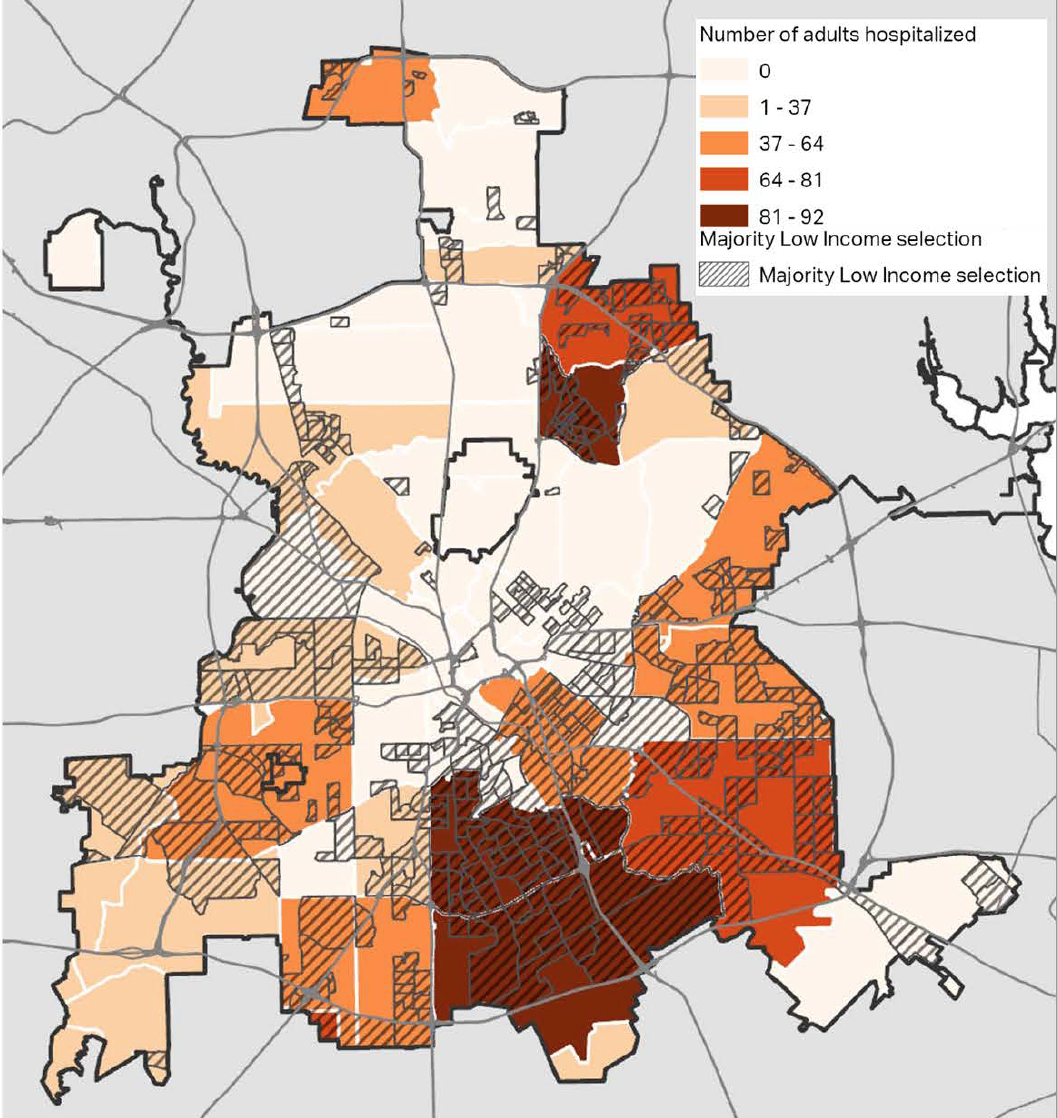
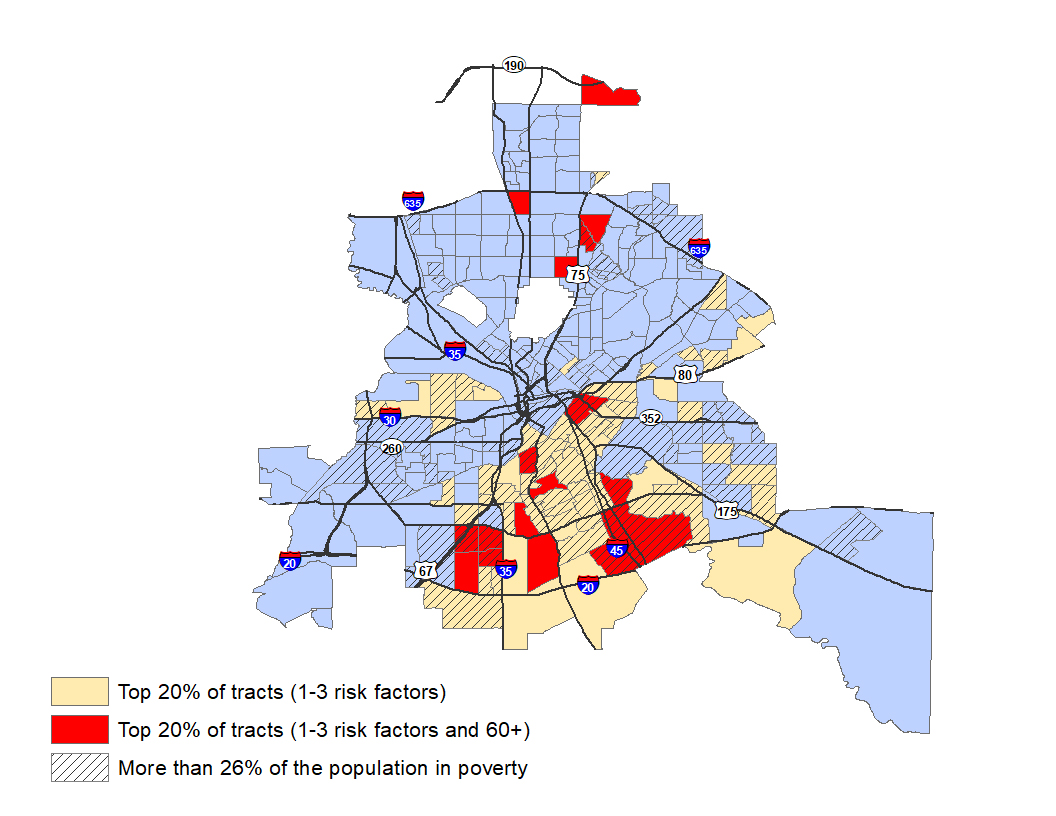
STATUS?
Since 2017 Downwinders has purchased five portable Aeroqual PM 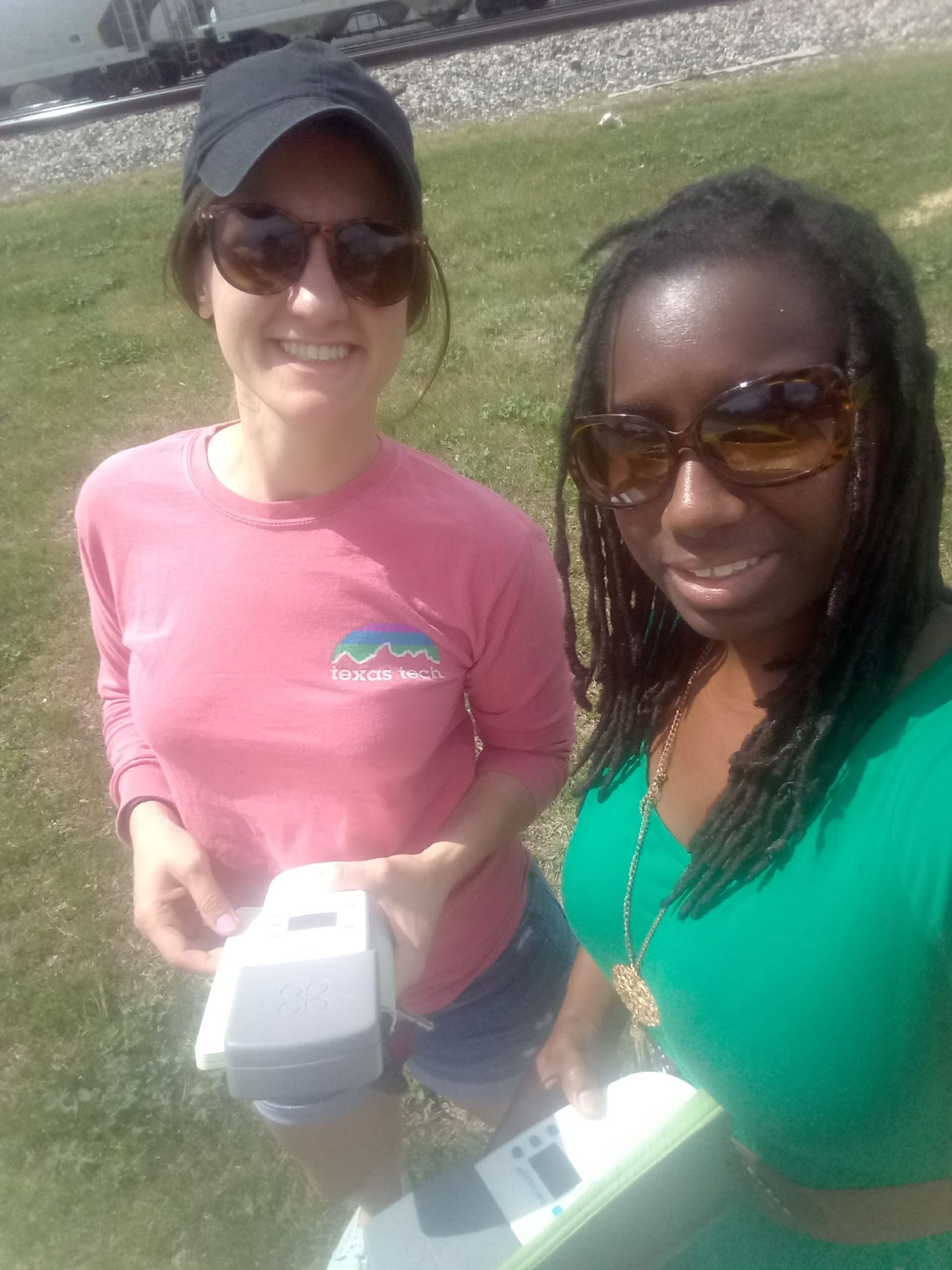 monitors that have been used to track PM Air pollution in DFW and identify hot spots. These portable monitors were the first to record PM levels in the Joppa community in Dallas and the Shingle Mountain illegal dump. We also offer free training in how to use these monitors.With UTD and others, Downwinders is building a 100 + PM monitor network for DFW to track the pollutant in real time across the region.
monitors that have been used to track PM Air pollution in DFW and identify hot spots. These portable monitors were the first to record PM levels in the Joppa community in Dallas and the Shingle Mountain illegal dump. We also offer free training in how to use these monitors.With UTD and others, Downwinders is building a 100 + PM monitor network for DFW to track the pollutant in real time across the region.
Dallas’ climate plan sets goals for electrification of the DART bus fleet by 2040 but other cities are moving faster.
For the last three years debate over the siting of proposed new batch plants has raised the profile of Particulate Matter at Dallas City Hall and around North Texas.
Environmental Organizing on Giving Day 2020
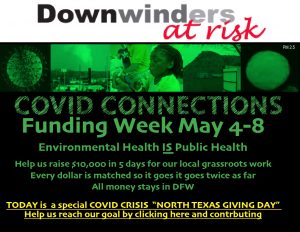
TUESDAY GIVING DAY UPDATE:
We’re over half-way to our goal of $10,000.
Please help us get there today.
1. Today the Communities Foundation of Texas is sponsoring a special COVID crisis North Texas Giving Day for DFW non-profits.
2. The Peace Development Fund has chosen to spotlight the COVID-connected work of Downwinders and 12 other groups across the country to help during the crisis.
The Fund and generous donors are matching every dollar we raise this week up to $10,000 – that’s a $20,00,000 grant on the line.
We have until Friday to raise the $10,000.
You can help us reach this goal right now by contributing at our North Texas Giving Day Page or the Mighty Cause pay portal the Development Fund has set up for us.
Thanks for your support,
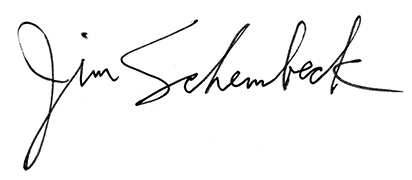

Evelyn Mayo, Chair
____________________________________
COVID Connects:
Community Organizing to
Environmental Health
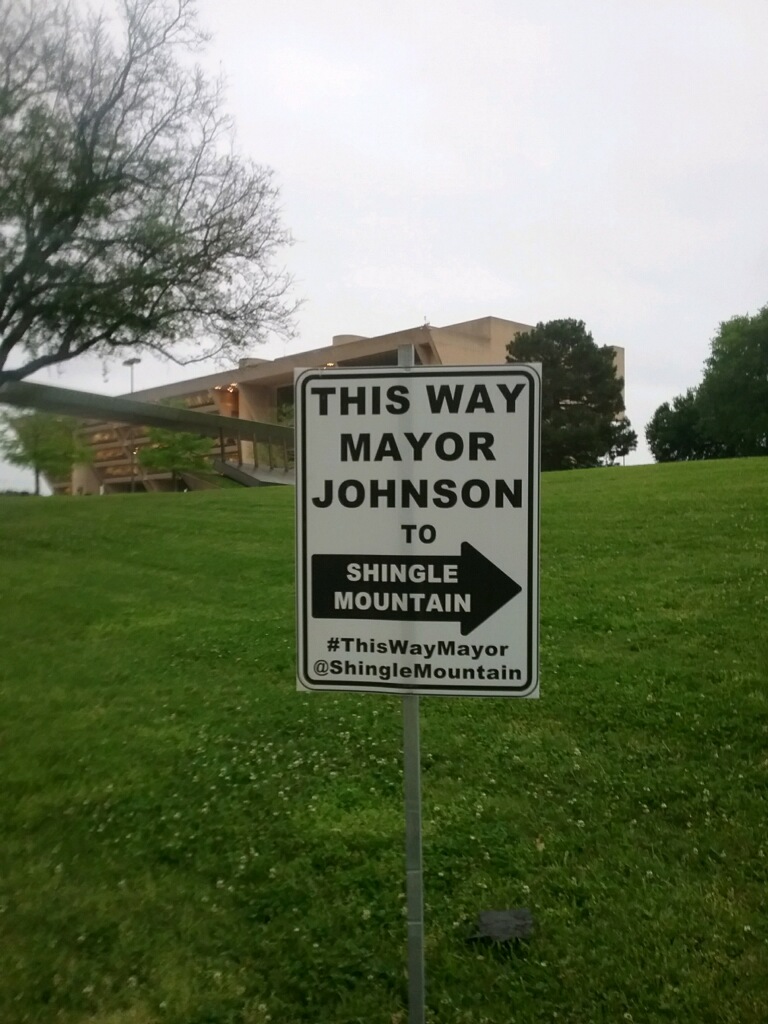 200 signs like these went up across Dallas on Earth Day 2020. Major Johnson has yet to visit or speak publicly about the highest profile environmental justice scandal since the West Dallas RSR lead smelter Superfund site 25 years ago.
200 signs like these went up across Dallas on Earth Day 2020. Major Johnson has yet to visit or speak publicly about the highest profile environmental justice scandal since the West Dallas RSR lead smelter Superfund site 25 years ago.
What is It?
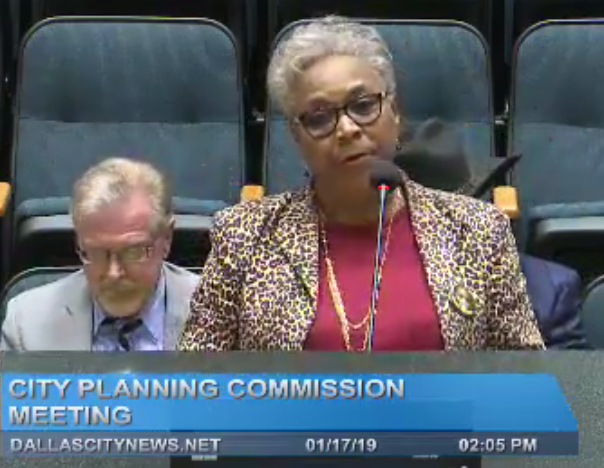 Downwinders provides much needed basic organizing resources to local grassroots environmental health fights.We offer the only full time staff devoted to applying community organizing principles to assist groups. We provide start-up funding for fliers and other materials. We’re the only citizens group that has the technology to take air pollution samples…and the classes to teach you how to do it as well. Mostly, we give those in need the attention they’re not getting from officials or anyone else.
Downwinders provides much needed basic organizing resources to local grassroots environmental health fights.We offer the only full time staff devoted to applying community organizing principles to assist groups. We provide start-up funding for fliers and other materials. We’re the only citizens group that has the technology to take air pollution samples…and the classes to teach you how to do it as well. Mostly, we give those in need the attention they’re not getting from officials or anyone else.
Most importantly, we show how to use a fight to change the system that produced the problem. The most recent example is the Shingle Mountain illegal dump and the group Southern Sector Rising that was created to shut it down and clean it up.
Why Do It?
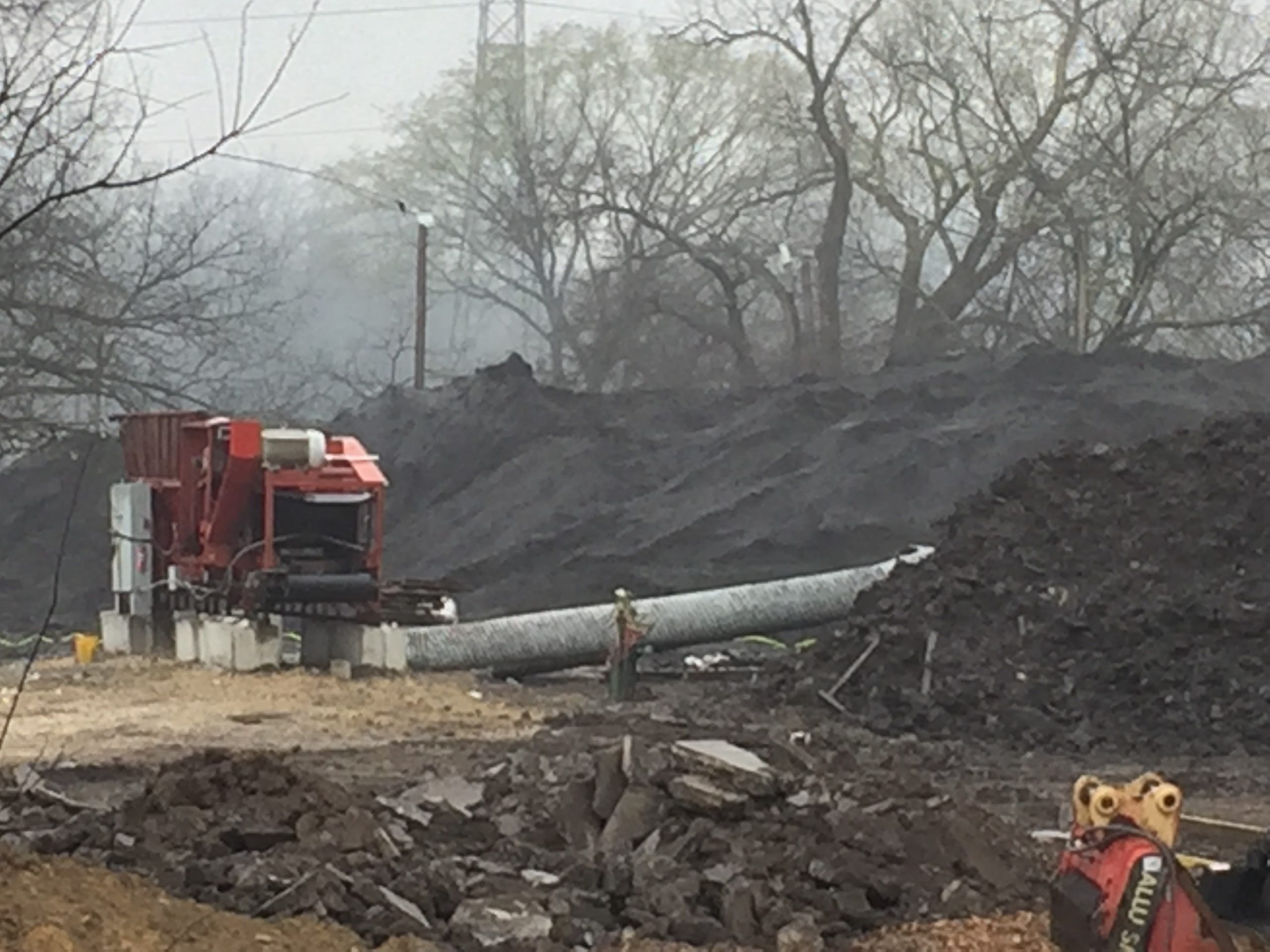 Shingle Mountain for almost a year when she finally found Downwinders. It took us only three months of organizing with Ms. Jackson to get the City to reverse itself and file suit against the site’s operators to close the site.Out of that effort sprang Southern Sector Rising, a group aimed at not only seeking justice for Shingle Mountain residents but making sure Dallas implemented a citywide Environmental Justice agenda. Part of that agenda, announced on March 20th 2019 at a City Hall news conference, was the restoration of the Dallas Environmental Health Commission and a Environmental Equity Provision that would steer polluters away from already over-polluted neighborhoods.
Shingle Mountain for almost a year when she finally found Downwinders. It took us only three months of organizing with Ms. Jackson to get the City to reverse itself and file suit against the site’s operators to close the site.Out of that effort sprang Southern Sector Rising, a group aimed at not only seeking justice for Shingle Mountain residents but making sure Dallas implemented a citywide Environmental Justice agenda. Part of that agenda, announced on March 20th 2019 at a City Hall news conference, was the restoration of the Dallas Environmental Health Commission and a Environmental Equity Provision that would steer polluters away from already over-polluted neighborhoods.
Southern Sector Rising and Downwinders are using the example of Shingle Mountain to pass policies aimed at preventing new Shingle Mountains.
What’s the COVID Connection?
In 2020 it seems obvious that municipal governments need to address environmental health issues. But Dallas ditched it’s original Environmental Health Commission a decade ago.
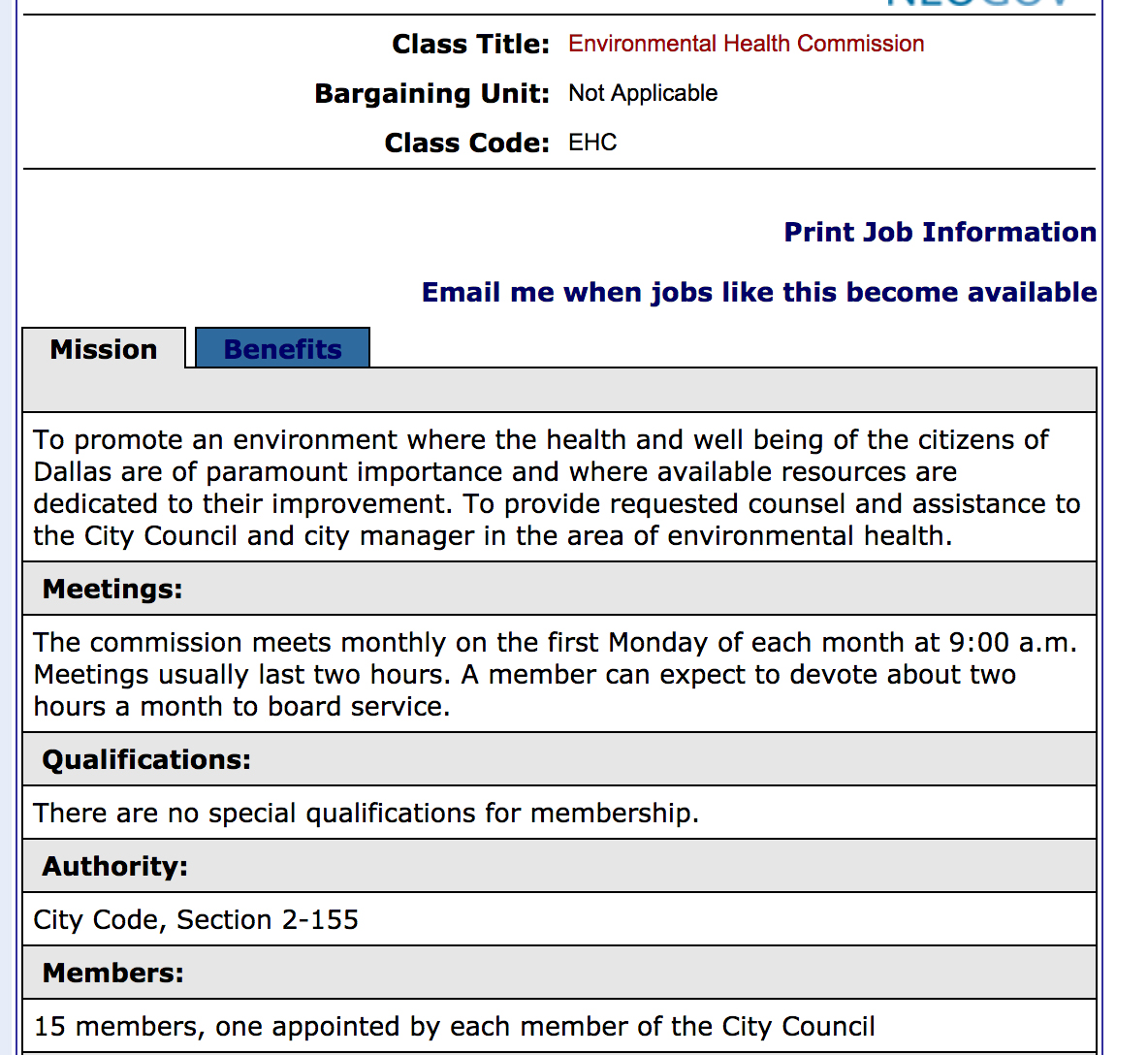 Formed in the wake of the 1980’s West Dallas and East Oak Cliff Lead smelter fights, the Health Commission was a citizen-based watchdog. It recommended the effective banning of hazardous and medical waste incineration in the City and wrote a tough anti-smoking policy before the Council disbanded it.
Formed in the wake of the 1980’s West Dallas and East Oak Cliff Lead smelter fights, the Health Commission was a citizen-based watchdog. It recommended the effective banning of hazardous and medical waste incineration in the City and wrote a tough anti-smoking policy before the Council disbanded it.
Had the Commission been around in 2017, it’s likely the Shingle Mountain dump would have shown-up on Dallas City Hall’s radar screens a lot sooner than it did when a reporter had to tell officials about the outrage a year later.
And an “equitable” economic development policy would end the practice of illegal dumpers and grifters targeting Southern Dallas for their schemes. That pattern of “development” is one reason why residents find themselves more vulnerable to COVID.
Before the virus, City Hall policy avoided environmental health issues. This pandemic shows why it must embrace and plan for them.
STATUS?
Southern Sector Rising has asked that restoration of the Dallas Environmental Health Commission be part of the City’s new climate plan, up for a vote on May 27th. Despite 10 of the current 15 Dallas City Council members having endorsed the idea only last Spring, there’s been no public movement toward adoption. 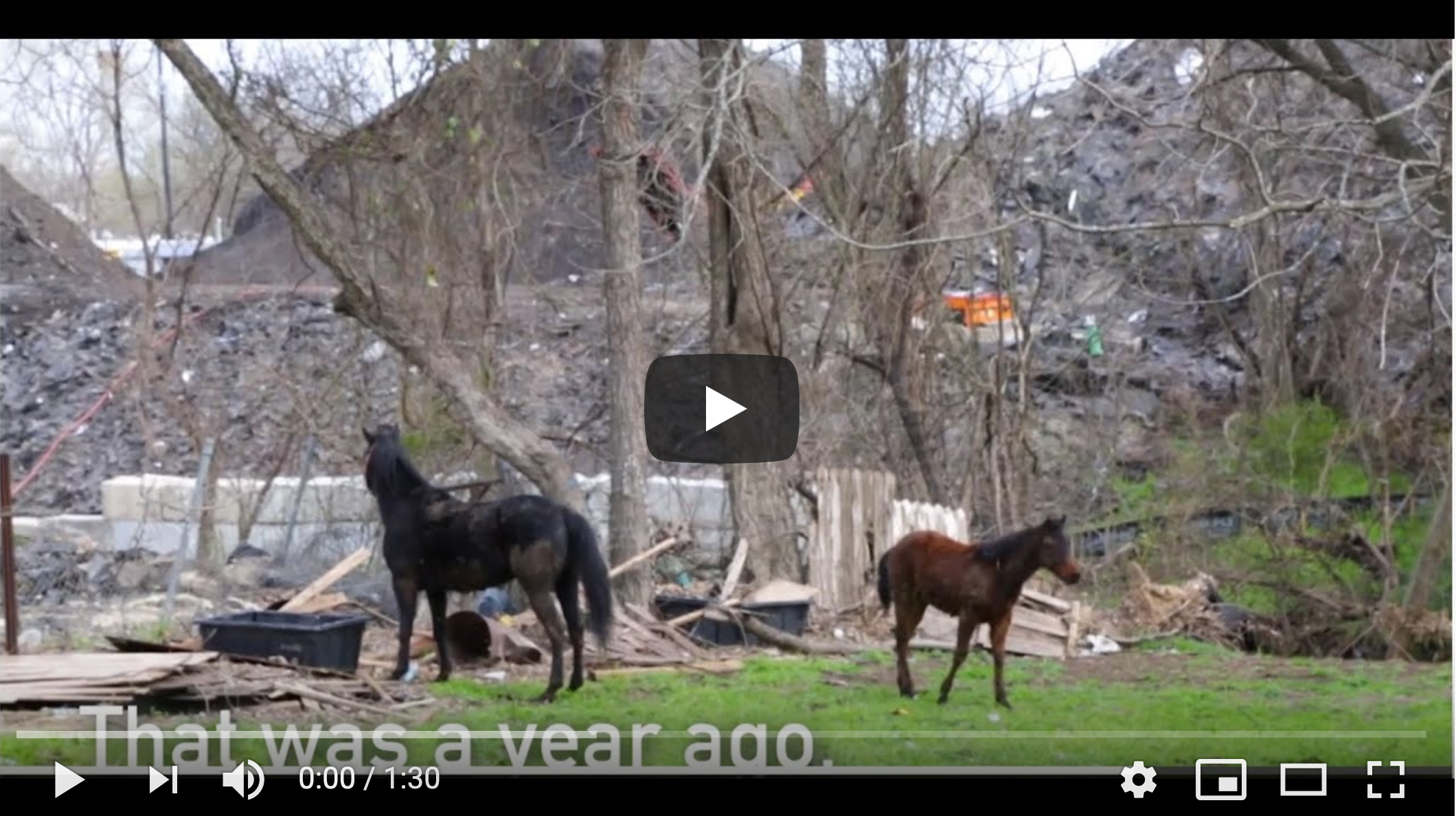
SSR won the closing of Shingle Mountain as an active operation, but the dump itself remains an on-going public health crisis in its own right. Over 100,000 tons of petroleum based asphalt shingles
are stacked 6-7 stories high next door to Dallas residents, including families with children.
Despite being invited and holding office for a year, Dallas Mayor Eric Johnson has never visited or commented publicly on Shingle Mountain.
over 200 “directional aids” went up around
ACTION YOU CAN TAKE:
Here’s a link to a quick “ClickNSend” letter you can send Dallas Mayor Eric Johnson to help him find his way to Shingle Mountain
COVID CONNECTIONS
Downwinders At Risk was already dedicated to fighting for environmental health in North Texas before the COVID virus hit.
Focusing on harmful Particulate Matter, we were already supporting grassroots efforts to reduce the air pollution burdens in predominantly Black and Brown neighborhoods.
We were already building out local capacity to monitor DFW air pollution and advocating an increased role for local cities and counties to protect their residents from environmental health threats.
All of that work was important before March. It’s become more important since then. But our responsibilities on the ground are outstripping our ability to support them adequately. Like other non-profits, the virus has made it harder to do even the simple things.
This week you can help provide some relief.
The Peace Development Fund has chosen to spotlight the COVID-connected work Downwinders is doing, along with that of 12 other grassroots groups across the country to help supplement their budgets during the crisis. The Fund and generous donors are matching every dollar we raise this week up to $10,000 – that’s a $20,00,000 grant on the line.
We have until Friday to raise the $10,000.
Beginning today and continuing thru Tuesday the 5th at Midnight you can help us meet this goal by contributing via our North Texas Giving Day Page.
Then Wednesday thru Friday the Development Fund has its own Downwinders Mighty Cause pay portal you can also use.
We’re using each day this week to show how our various pieces of program work is more relevant than ever before. Today it’s an update on our ambitious new DFW air monitoring network – SHAREDAIRSDFW.
We know everyone is having a hard time, but with the Development Fund matching your dollars, you can make whatever contribution you give go twice as far to benefit those at highest risk.
Thanks for your support,


Evelyn Mayo, Chair
COVID Connects:
Vulnerable Communities to the Need
for Better Air Pollution Monitoring
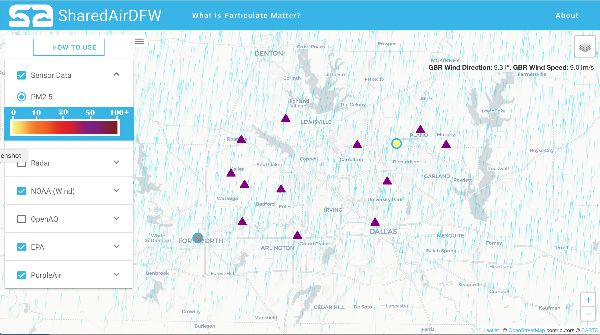
A screenshot of the SHAREDAIRDFW network map being assembled by UTD students and Downwinders at Risk. This map will soon be available at websites hosted by UTD, Dallas County and Downwinders, Only two of the over 100 new monitors are installed (dots) but more are on their way.
What is It?
The SHAREDAIRDFW community air quality monitoring network. 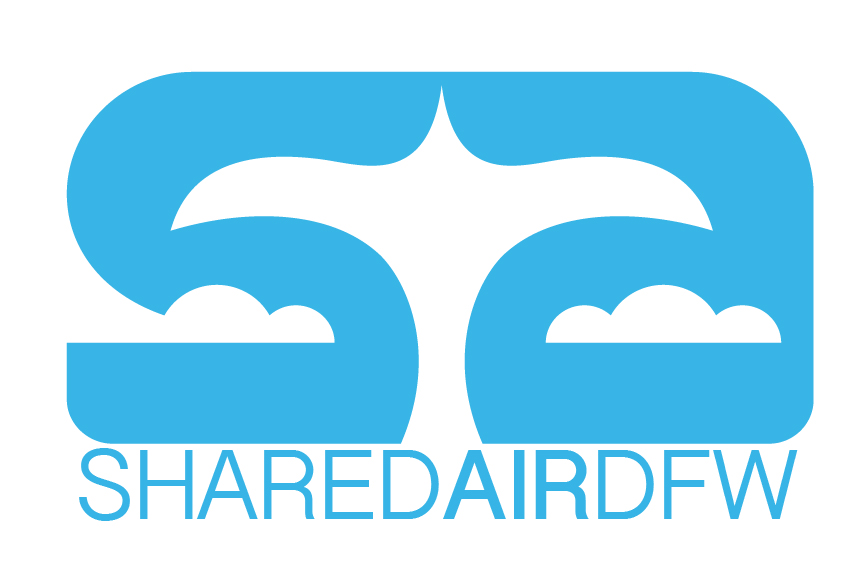 With its partners at UTD, Downwinders is building a new air monitoring network for DFW that will provide real time information from over 100 locations, including industrial hot spots in Joppa, West Dallas and Midlothian.
With its partners at UTD, Downwinders is building a new air monitoring network for DFW that will provide real time information from over 100 locations, including industrial hot spots in Joppa, West Dallas and Midlothian.
Why Do It?
Dallas County’s 2.7 million residents currently share only one EPA 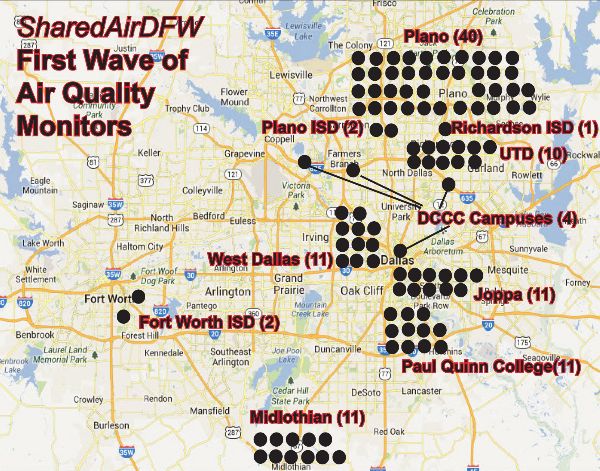 Particulate Matter air pollution monitor, north of downtown. Tarrant County has two and Denton County one. These monitors only reflect very local conditions and don’t reveal pollution levels in “frontline” neighborhoods where industry operates next to homes.
Particulate Matter air pollution monitor, north of downtown. Tarrant County has two and Denton County one. These monitors only reflect very local conditions and don’t reveal pollution levels in “frontline” neighborhoods where industry operates next to homes.
Making pollution burdens more equitable across racial and class lines requires identifying, measuring, and mapping those burdens: “You can’t fix what you don’t measure.” The SHAREDAIRDFW network is the first attempt to permanently map air pollution burdens across North Texas and make that information easily accessible to the public 24/7.Dallas County’s 2.7 million residents currently share only one EPA Particulate Matter air pollution monitor, north of downtown. Tarrant County has two and Denton County one. These monitors only reflect very local conditions and don’t reveal pollution levels in “frontline” neighborhoods where industry operates next to homes.
Making pollution burdens more equitable across racial and class lines requires identifying, measuring, and mapping those burdens: “You can’t fix what you don’t measure.” The SHAREDAIRDFW network is the first attempt to permanently map air pollution burdens across North Texas and make that information easily accessible to the public 24/7.
What’s the COVID Connection?
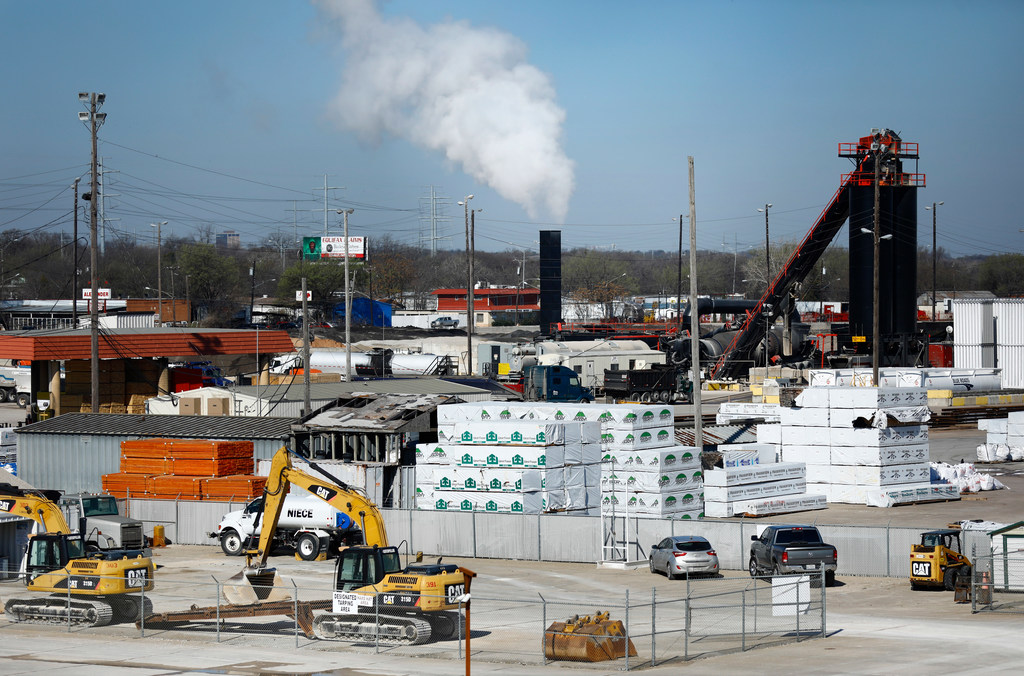
Research being done during the COVID pandemic concludes those living with the highest air pollution burdens are among the most vulnerable to being infected and dying from it. Specifically there seems to be a connection between a person’s exposure to Particulate Matter and Nitrogen Oxide air pollutants and the likelihood of contracting COVID. Past studies from the SARS epidemic also point to a strong link between exposure to air pollution and vulnerability to illness.By mapping where the heaviest air pollution burdens are, we can avoid adding to that burden and pursue policies targeting pollution decreases. We can begin to reverse the circumstances that makes the most pollution-impacted neighborhoods the most vulnerable to disease.
STATUS?
Via teleconferencing, UTD students are finishing up the digital map the Network 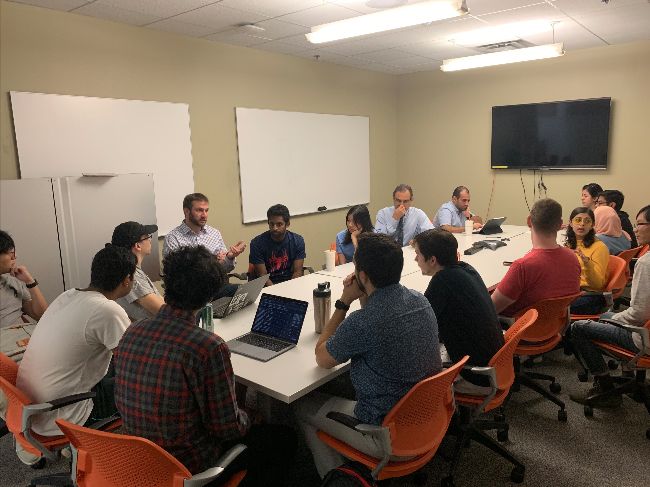 will use to display its real time air quality information. This map is meant to display not only the levels recorded by our own fleet of monitors, but easy access to the handful of EPA and Purple Air monitors in DFW as well.
will use to display its real time air quality information. This map is meant to display not only the levels recorded by our own fleet of monitors, but easy access to the handful of EPA and Purple Air monitors in DFW as well.
The map will be hosted on websites hosted by UTD, Dallas County and Downwinders.The first community monitors are slated for the former Freedman’s town of Joppa, where Downwinders bought a utility pole for the installation of the larger Mothership monitor. We’ve got a contract for Internet service and are now trying to tie down electrical power.
After a planned community meeting in March was canceled, we’re now gearing back up to find hosts for all ten “satellite” monitors. We hope to be able to begin operat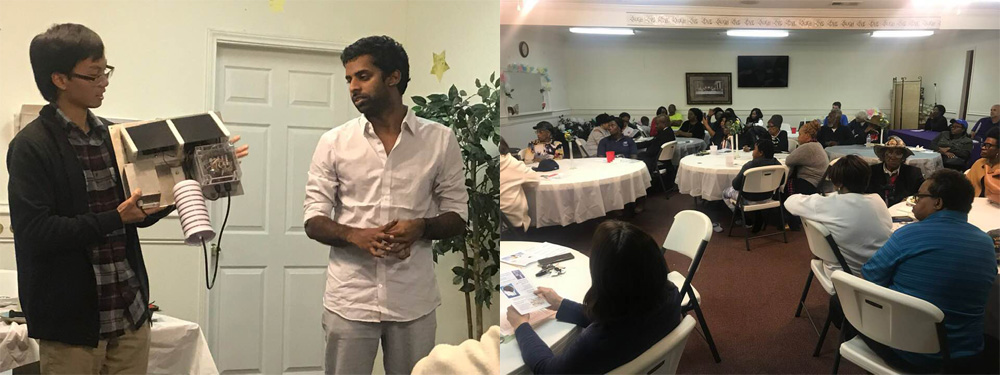 ion this summer.Once we’re up and running in Joppa, West Dallas is next and then Midlothian. In all Downwiwnders will be responsible for 33 of the over 100
ion this summer.Once we’re up and running in Joppa, West Dallas is next and then Midlothian. In all Downwiwnders will be responsible for 33 of the over 100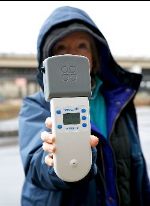 network monitors going up as part of the first wave installation.
network monitors going up as part of the first wave installation.
……MEANWHILE, Downwinders is using its portable monitors to record air quality in front line neighborhoods during the shelter-in-place periods so we’ll have a baseline for what cleaner air looks like.
Memo: Vote on Dallas Climate Plan Scheduled for May 27th…via Zoom?
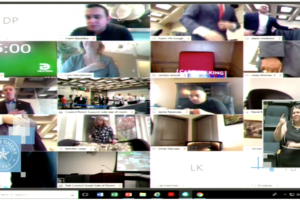 Disregarding calls to postpone a vote on its controversial Climate Plan until the Dallas City Council can resume traditional public participation in meetings, Council Environmental Chair Omar Narvaez has set a May 27th date for full council approval.
Disregarding calls to postpone a vote on its controversial Climate Plan until the Dallas City Council can resume traditional public participation in meetings, Council Environmental Chair Omar Narvaez has set a May 27th date for full council approval.
According to an April 9th memo Narvaez sent to the rest of the Council, the newest draft of the plan will be unveiled online on April 21st with a full briefing to the Environmental And Sustainability Committee scheduled on May 4th if that’s possible. If not, the full council will get a briefing on either May 6th or 20th.
While current local Shelter-in-Place orders expire at the end of April, most experts believe those should be extended through May and there’s no timeline for reinstating in-person public meetings of any local city councils or other governing bodies. If the City follows Narvaez’ schedule, it’s uncertain under what circumstances the Dallas Plan would be adopted, and how much public participation would be allowed.
That Dallas’ plan might be approved while by-passing the usual democratic niceties is just one more way it’s managed to elude real public engagement and transparency over the past two years. From beginning to end, the project has been a consultant and staff-led exercise with just enough of a thin veneer of “public participation” to reassure the unaware.
[pdf-embedder url=”https://www.downwindersatrisk.org/wp-content/uploads/2020/04/CECAP-memo_040910.pdf” title=”CECAP memo_040910″]
In the memo, Narvaez goes to great lengths to recap City Hall’s efforts at including “the public” in the plan. He cites the plan’s Stakeholder process, where staff hand-picked its own City Hall-friendly review committee. Not cited is the strange fact that there’s never been a list of individual stakeholder participants released and anyone wanting to know who was representing “the public” in the process had to submit an Texas Open Records Act request to City Hall to find out. Navarez also recounts the previous briefings his Committee has received from staff – but not the fact that no public participation was allowed in those briefings.
Neither does Narvaez mention that some of the Plan’s own official stakeholders are in open rebellion over its uninspiring results, including allies who were practically embedded with city staff for months. There are at least two separate on-going efforts by former stakeholders to try and strengthen the Plan before passage.
But the same divisions that have plagued Dallas environmental groups since the Plan’s announcement are dividing it at the end of the process as well. Representatives of larger mainstream groups like the Sierra Club and Public Citizen are pushing for quick adoption of the Plan, while Texas Campaign for the Environment, the local fledgling Sunrise Movement chapter, and others are seeking delay until citizens are allowed to come back into the Council Chambers and speak directly to their representatives – without the help of Zoom.
One recent development of the Plan that could be actually be relevant for ordinary residents is talk about restoring the Environmental Health Commission as a way to monitor the Climate Plan’s progress as well as serve as a new forum for residents’ concerns. Eliminated ten years ago just as secret gas drilling deals were being written by then City Manager Mary Suhm, the Commission had previously acted as the Council’s eyes and ears on all things related to public health and successfully advanced policy on a variety of fronts, including practical elimination of all waste incineration in Dallas.
Downwinder allies in The Southern Sector Rising Campaign for Environmental Justice called for restoration of the Environmental Health Commission last year at its March 20th news conference at City Hall and has been lobbying to bring it back ever since. Responding to a 2019 Dallas Green Alliance questionnaire, 10 of 15 current Council Members approved of the idea, so theoretically at least, it might be an easy sell.
If restoration of the Commission as previously fully empowered were to actually be included in a final Climate Plan package, at least something of practical real word use would have been purchased with the $500,000 + spent to date on the effort.
Our past coverage of the plan:
February 2019: “All Plan, No Action: Dallas City Hall’s Approach to Climate Change”
March 2019: “Dallas Climate Plan’s ‘Public Participation’ is Neither Very Public nor Participatory”
May 2019: “Dallas’ Climate Plan Rolls Out Public Engagement Plan. Public is MIA.”
November 2019: “The Only Thing Missing in Dallas’ Climate Plan “Focus on Equity” is…any measure of Equity”
February 2020: “How the Dallas Climate Plan Baits and Switches on Air Pollution”
March 2020: “Biggest Disappointment of the Dallas Climate Plan? Greens Giving Away Their Power For So Little in Return.“
College of Constructive Hell-Raising Back for Class of ’22
 Civil Rights legend Peter Johnson talking community organizing with this year’s class.
Civil Rights legend Peter Johnson talking community organizing with this year’s class.
There might be no better symbol of Downwinders’ transformation from a local clean air group to Something More than our successful College of Constructive Hell-Raising.
After pausing in 2021, we’re preparing to begin a new and improved curriculum for the Class of ’22. The application to apply is at the bottom of this description.
Unlike other seminars for political activists that examine electoral strategies or specific skills like public speaking or fundraising, the College encourages its participants to “think like an organizer.” Its sessions are a combination of the same principles taught to professional organizers at the nation’s oldest schools of community organizing and the local DFW history of effective social change as told by the people who made it.
Environmentalism is not its focus. Rather it’s a deep dive into the mechanics of how “Davids” beat “Goliaths.”
Guest lecturers include original Southern Christian Leadership Conference (SCLC) organizer Peter Johnson, who knew MLK Jr. on a first name basis, as well as other well-known local legends John Fullinwider, Changa Higgins, Mavis Belisle, Sister Patricia Ridgley, Kim Batchelor, and Luis Selpulveda.
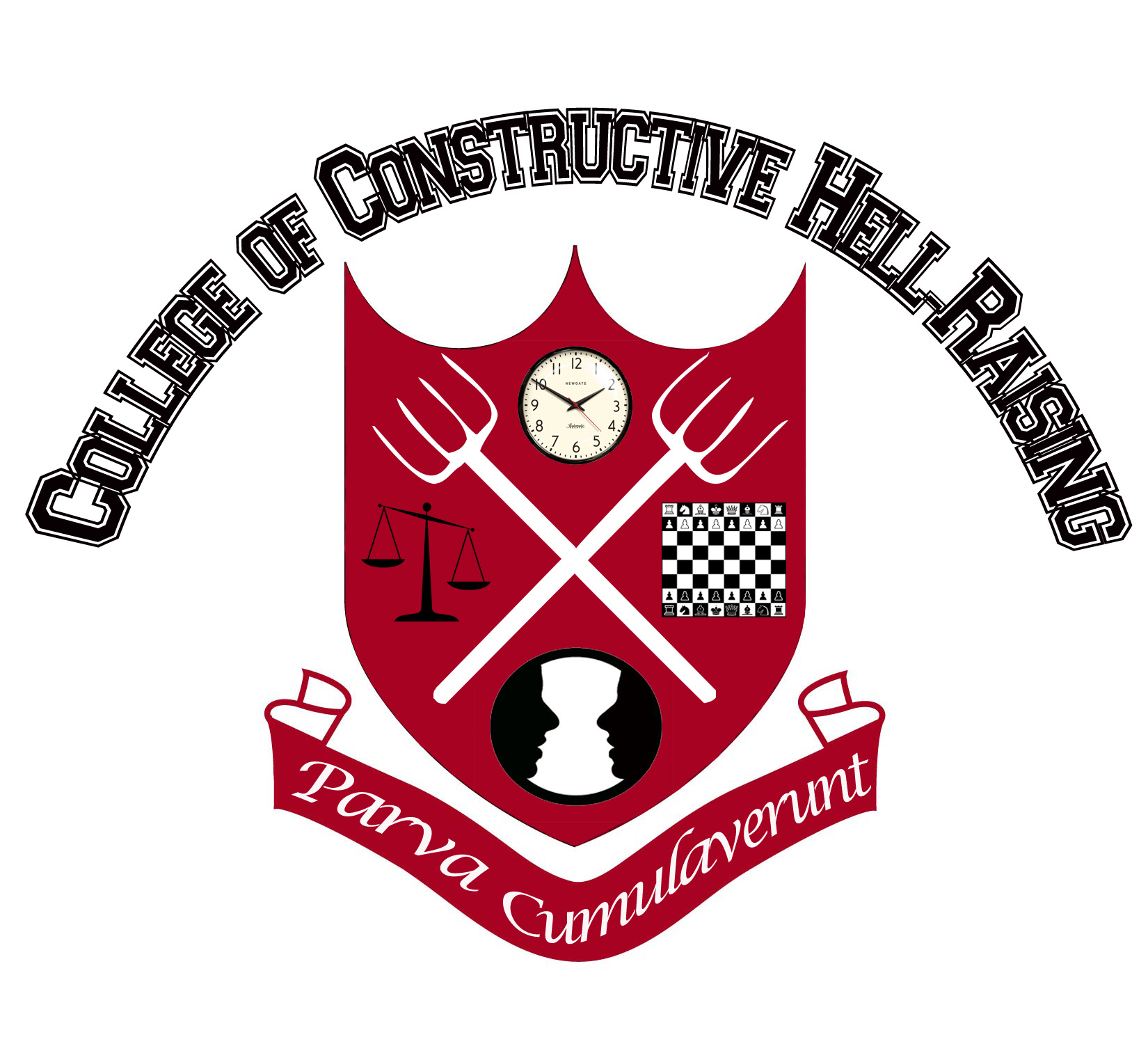 As impressive as our speaker line-up is, it’s also the diversity of students who’ve fueled the success of the class – urban aggies, animal rights and police brutality activists, peace and immigration activists, LGBT, transit rights and anti-gentrification activists.
As impressive as our speaker line-up is, it’s also the diversity of students who’ve fueled the success of the class – urban aggies, animal rights and police brutality activists, peace and immigration activists, LGBT, transit rights and anti-gentrification activists.
We’ve have over 50 graduates, many of whom occupy positions of responsibility in social change groups throughout DFW. We’re growing a network of relationships that transcend single-issue silos and connect us to larger struggles through our philosophy of how things get done.
Interested? Another class begins January 2022 with enrollment beginning in October. You can put your name on a waiting list to get an early heads-up here, and follow the College on FaceBook here.
The Particulars
WHEN & WHERE
Class meets every other Tuesdays from January to May 7 – 9 pm.
COST
The cost is $150. It includes two books, and lots of reading material. Some half and full scholarships are available.
EARLY REGISTRATION: Sign-up more than 90 day before class and and the cost is $90.
ATTENDANCE POLICY
There are only 10 sessions. Absences are costly to you and your classmates. We understand our location makes it harder for those living and working outside metro Dallas to attend, but that’s why we start at 7 pm. Make sure you allow for DFW traffic in order to arrive on time. If you miss more than three classes, you’re welcome to keep attending classes but you will not graduate.

Class Schedule
Session One: “What is Constructive Hell-Raising?”
Introduction
Session Two:
Organizing Lesson: “The Four Dirty Words of Organizing”
Guest Lecturer: Peter Johnson, The SCLC and the First Fair Park Fight
Session Three:
Organizing Lesson: “(Internal) Organizing”
Guest Lecturer: John Fullinwider, Community Organizing in Old East Dallas’ with the Bois D’arc Patriots
Session Four:
Organizing Lesson: “Strategy vs. Tactics”
Guest Lecturers: Kim Batchelor, Mavis Belisle and Patricia Ridgley, The Anti-Nuclear Movement in Texas
Session Five:
Organizing Lesson:“(Self) Critical-Thinking”
Guest Lecturer: Luis Sepulveda, Getting the Lead out of West Dallas
Session Six:
Organizing Lesson: “Perception is Everything”
Guest Lecturers: TBA

Session Seven:
Organizing Lesson: “Ways of Seeing”
Guest Lecturer: TBA
Session Eight:
Organizing Lesson: “Outreach”
Guest Lecturer: Marsha Jackson, Cleaning-up Shingle Mountain
Session Nine:
Organizing Lesson: “Means vs Ends”
Guest Lecturer: Changa Higgins, Creating the Dallas Police Community Police Oversight Board
Session Ten:
Organizing Lesson:“The Qualities of a Good Organizer”
GRADUATION

Guest Lecturers
Kim Batchelor
Bois D’arc Patriot, tenant’s rights and immigration organizer
Mavis Belisle
Veteran DFW peace and anti-nuclear organizer
John Fullinwider
Longtime community organizer and original Bois D’arc Patriot
Peter Johnson
Former MLK Jr associate, original Dallas SCLC organizer
Sister Patricia Ridley
Life-long social justice worker based in Dallas, with emphasis on Central American and immigration rights
Luis Sepulveda
West Dallas environmental justice organizer who won clean-up of lead smelter waste
Changa Higgins
Community Police Oversight Coalition
Administration
Jim Schermbeck, Dean of Instruction
Jim Schermbeck has been a professional community organizer in DFW since 1989 when he opened the Dallas office of the National Toxics Campaign. He’s currently Director of Downwinders at Risk.
Downwinders At Risk, Board of Trustees
Downwinders at Risk is perhaps the most successful grassroots environmental group in Texas history. It’s certainly one of the most persistent.
Founded in 1994 to stop the burning of hazardous waste in Midlothian cement plants, it broadened its mission in 2010 to include protection of DFW air quality when it won its original fight. In 2017 it turned its focus on Particulate Matter air pollution and environmental justice.
Since its founding, Downwinders has used basic community organizing strategy to win its victories. Now we share what we’ve learned with other North Texas activists who want to increase their understanding of community organizing techniques, as well as learn about DFW social justice history.
Alumni Include:
Rachel Albright, Tarrant Transit Alliance
Kim Aman, Program Director, Moss Haven Farms
Clarice Criss, National Democratic Party campaign consultant
Paul Dill, Dallas Peace and Justice Center
Kristian Hernadez, DSA North Texas Co-Chair
Susie Marshall, Executive Director, GROW North Texas
Evelyn Mayo, Chair, Downwinders at Risk
Michelle McAdam, Economic Empowerment Specialist, New Friends New Life
Misti O’Quinn, North Texas Organizer, Sierra Club Beyond Coal
Jennifer Rangel, Inclusive Communities Project
Cory Troiani, DFW Program Director, Texas Campaign for the Environment
Michelle Villarreal, Major Gift Officer, ACLU Dallas
Student Comments :
“It made me move away from thinking of myself as an activist – someone who subscribes to a particular set of beliefs or positions, but doesn’t necessarily push forward a policy or action. Now, I think of myself as someone who has the tools to translate opinions into action. Now, I’m concerned with being effective, not just being right.”
“The information and knowledge gained from the College is invaluable for anyone at any stage of outreach, political gaming, activism, or simply in business or life.”
“The College is the best way to learn about historic progressive battles in Dallas, connect with a diverse group of committed citizens, and learn how to be a pragmatic, effective organizer.”
“I didn’t anticipate how quickly I would become informed on the history of progressive politics in Dallas; I didn’t anticipate getting to meet so many incredible organizers in the city (both lecturers and students).”
The depth of the class, as well as the opportunities to actually discuss and learn from those “in the trenches” and behind the scenes of significant events of the past couple of decades. It was invaluable seeing the different strategies and techniques used to accomplish goals.
“…the camaraderie and connections with other local activists that, despite my extensive network, I had never met before, was immeasurably important to the work I’m currently doing and plan to do in the future.”
“The level of insight that Jim has from his years of organizing was invaluable and very well organized/structured. The resources, thoughts behind each class topic, and chance to both connect with fellow aspiring organizers and meet/network with veteran difference-makers more than met what I was hoping for this course.”
“I absolutely loved your class and feel like I still touch on so many aspects of the things we learned. Now that I work at the ACLU of Texas, I feel like your class was the most valuable training I received in prep for this work. I’ll recommend your class because I feel like your class offers such a diverse range of experiences, resources, and lessons. I also just found out that they did not know about Peter Johnson’s work and he alone is a reason to join your class.”
COLLEGE APPLICATION FORM


